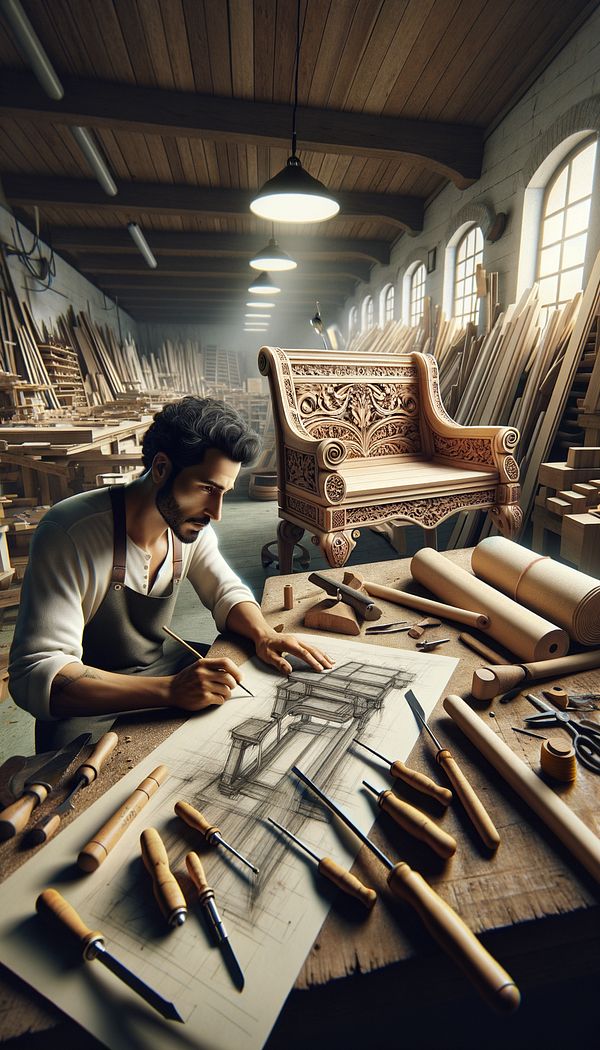What is Custom?
In interior design, custom refers to items or features specifically designed and made to meet the unique needs or preferences of an individual space or client.
Description
In the world of interior design, the term "custom" is synonymous with uniqueness and personalization. It entails creating or modifying items or features specifically for an individual client or space, distinguishing these elements from mass-produced products. Custom solutions can apply to various aspects of interior design, including furniture, cabinetry, window treatments, lighting fixtures, and even architectural modifications.
The allure of custom design lies in its ability to perfectly address the specific aesthetic, functional, and spatial requirements of a project. Whether it's adapting a piece of furniture to fit a peculiar room shape, crafting a unique lighting solution that complements the overall design theme, or incorporating bespoke artwork that reflects the client's personality, custom designs add a level of depth and individuality to a space that off-the-shelf products simply cannot match.
Opting for custom solutions often involves working closely with designers, artisans, or specialized manufacturers who can bring the client's vision to life. This collaborative process not only ensures that the final product is precisely what the client envisioned but also allows for greater flexibility and creativity in the design process.
Usage
An example of custom in interior design is a homeowner commissioning a unique dining table that perfectly fits their dining area's dimensions and aesthetic. Another instance is designing a built in cabinetry system tailored to the client's specific storage needs and space layout.
FAQs
-
How does custom design differ from off-the-shelf products?
Custom design is tailored to the specific needs and preferences of a client or space, offering uniqueness and personalization, while off-the-shelf products are mass-produced and may not perfectly fit or reflect an individual's style or space requirements.
-
Is custom design more expensive than buying off-the-shelf?
Yes, custom design typically involves greater costs due to the personalised design, labor, and materials required. However, the investment is often justified by the unique aesthetics, precise fit, and functionality that custom elements bring to a space.
-
Can custom design elements be altered or updated in the future?
Yes, depending on the item and how it was made, custom design elements can often be altered or updated. This flexibility is one of the advantages of choosing custom solutions for a space.
Practical Application
When considering custom solutions for your space, clearly communicate your vision, preferences, and functional requirements to the designer or artisan. Openness to collaborative feedback and adjustments throughout the process can also lead to a more successful and satisfying outcome.
-
Architectural Elements199 articles
-
Furniture Types599 articles
-
Lighting111 articles
-
Decorative Techniques322 articles
-
Fabrication & Craftsmanship133 articles
-
Carver ChairA Carver Chair is a type of dining or armchair originating from the American colonies.
-
Sinuous SpringsSinuous springs are S-shaped springs that are used in upholstered furniture to provide support.
-
Claw & BallClaw & Ball is a decorative motif featuring a claw, paw, or talon grasping a ball, typically used in furniture legs.
-
European StyleEuropean style refers to a diverse blend of design influences from various countries across Europe.
-
Acorn TurningAcorn turning is a decorative woodworking technique.
